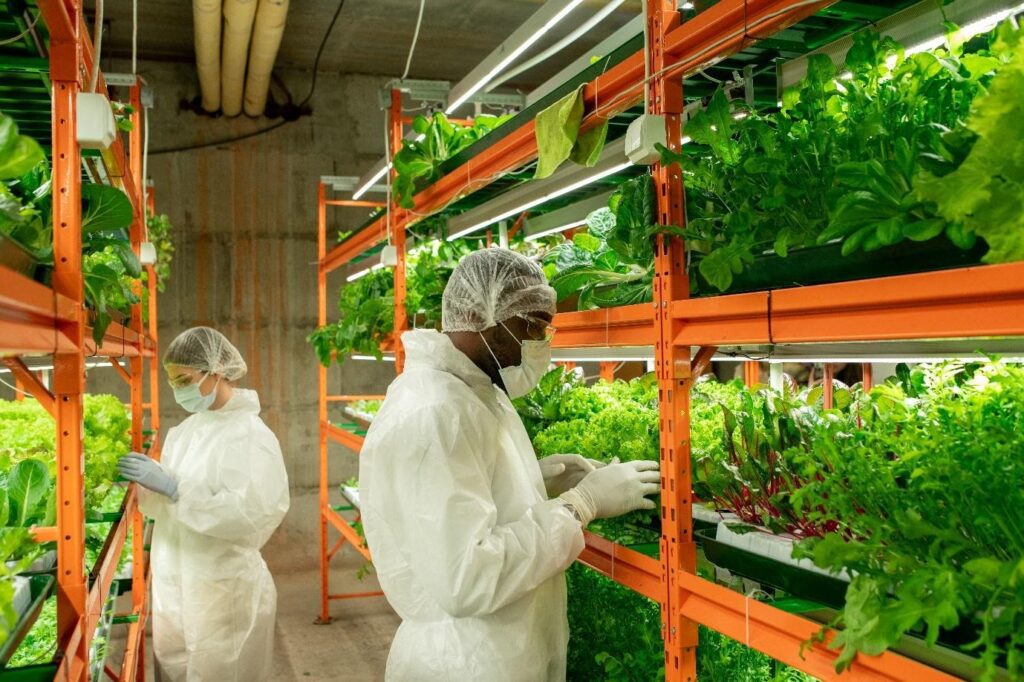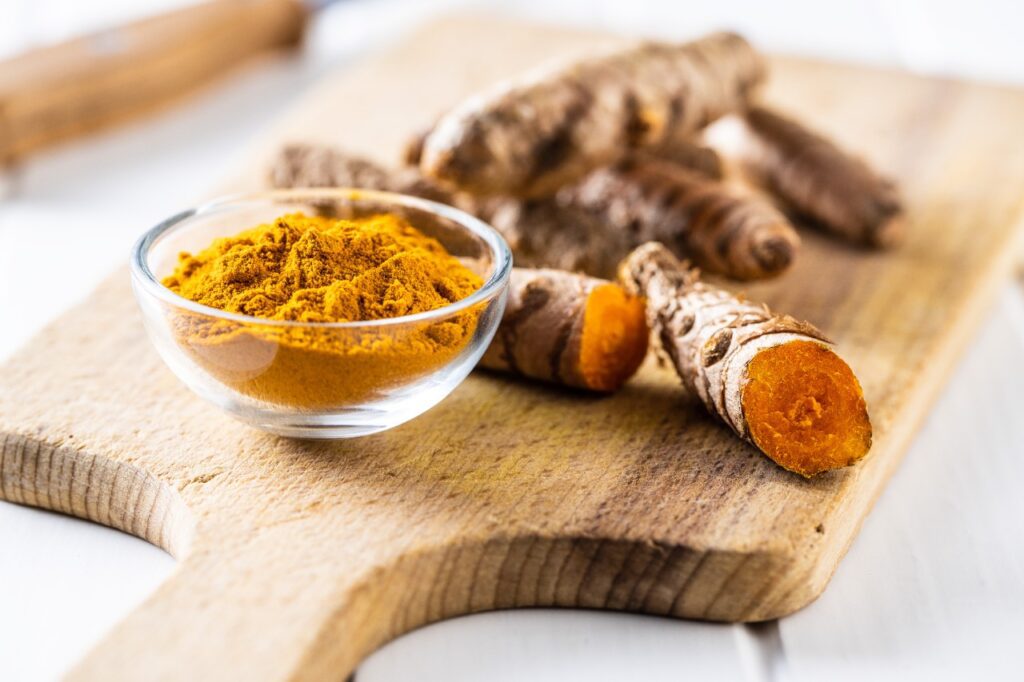Turmeric’s importance in India
Turmeric, highly prized for its medicinal and culinary uses, is vastly grown in the hillier terrains of India due to the climatic suitability and availability of adequate sunlight and water during the crop cycle.
Typically, turmeric grows well in a warm and humid climate, specifically in areas that receive 1500-2500 mm of rainfall annually. However, these specific conditions have become easy to emulate, thanks to modern agriculture and boons of modern times, such as managed irrigation and hydroponic technology–especially popular among young agripreneurs. (Click here to learn hydroponic farming online)
Consequently, turmeric has become one of the preferred hydroponic farming spice varieties across urban and rural agriculture practitioners in India, along with traditional farmers, who plant turmeric in open fields.
Growing inclination towards hydroponic farming, with special regard to varieties like turmeric, may be due to the extreme demand from the soil to be reinstated with nutrients after every cycle, and even the preference around the more nutrient-rich soil varieties, such as red and black soil, which may not be as location agnostic as to the hydroponic format of agriculture, where one can basically saturate the water with whatever specific nutrients that the crop of choice demands. Let’s look into the nitty-gritties of turmeric farming within the hydroponic infrastructure–

Propagating Turmeric
In order to start planting turmeric within a hydroponic environment, you should go ahead and find a supplier of the good-quality rhizome. The buds so procured would either be fresh or dormant in nature. In the case of dormant buds, the buds along the side of the rhizomes would be much flatter and not as obviously visible as in fresh rhizomes.
When exposed to ideal temperatures, the buds start swelling. In order to prepare these buds for planting, one must expose them to warmth and humidity first and then go ahead with placing them in the culture. This process of propelling young sprouts out of rhizomes, such that these sprouts are large enough to see with the naked eye is called propagation.
For propagation, the most common growing mixes that are utilized by most commercial farmers include sterilized perlite, vermiculite, coconut fiber, and Rockwool. These growing mediums retain the right amount of moisture which gives adequate water to the buds but doesn’t get oversaturated, thereby promoting optimality. Chunks of rhizome are then “planted” into the chosen growing medium, which is spread out in shallow trays (around two inches deep).
If there are any visible buds. They must be planted facing upwards so as to promote the growth of a sapling. The tray then demands warmth and so, is either placed on heated propagation pads or in an area that can ensure 82-90 o F temperature. In a matter of anywhere between 2-4 weeks, you should start seeing buds growing along the sides of the rhizomes and at the base of the shoots, you’ll be able to observe young roots forming. At this point, the process of propagation will come to completion.
Once propagated, you can go ahead and plant turmeric in your preferred medium, and we shall be discussing this in the context of hydroponic systems henceforth.

Growing Turmeric Hydroponically
Especially with crops like turmeric that do not demand too much vertical space, vertical farming becomes a no-brainer and helps maximize yield per unit space. Here, multiple trays of propagated buds are arranged both laterally and vertically to occupy both horizontal as well as the perpendicular capacity of the farm. The most popularly sought hydroponic system for growing turmeric and other similar roots (like ginger) is the drip hydroponic system.
Once inducted into the hydroponic ecosystem, the propagated buds demand plenty of light and temperatures around 72-86°F, or even higher. Besides light and warmth, these plants require exposure to high humidity, i.e., anywhere between 70% to 90% saturation. Here the hydroponic system comes in with a basket of benefits. Firstly, a closed environment is conducive to promoting a micro-climate within the farm. Secondly, the growing medium can be saturated as per the needs of the plant, and much more easily than your traditional fields. Thirdly, densely planting the clumps together further promotes the humid micro-climate that is created by the other factors.

Nutrients are directly mixed into the water that travels across the roots of the plants that are grown hydroponically using a system of trays (with growing medium) and pipes (that carry the fortified water). The ideal distance between two plants is afoot and as for the nutrient mix with regard to turmeric, general-purpose solutions at an EC of 2.2-2.6 are applied and the pH level of the water is monitored regularly, such that it remains within the range of 5.7-5.8. This is important because any departure from the said range of acidity may reduce the rate at which nutrients are absorbed by the plants, thereby delaying or even frustrating the process of growth.
Harvesting Turmeric
Turmeric is said to be one of the faster-growing root vegetables and under optimal growing conditions coupled with good quality rhizomes, farmers can expect a hefty yield anywhere between a year to a year and a half of having initiated the process of growing the spice variety. Even the turmeric blooms are edible and with their pink-purple hue, make for beautiful decoration as well.
In order to identify whether or not the rhizomes are fully mature, the farmers must pay attention to the state of the foliage. If the foliage starts to turn pale and dry, the rhizomes are fully mature and ready to be harvested. Some rhizomes will develop faster than others and mature before the foliage starts showing those signs. In such cases, it is wise to harvest these rhizomes (which are easily visible on the growing medium) and replace any spaces with a more growing medium to promote a longer gestation period for other rhizomes.
Turmeric so harvested can be consumed fresh or even dried up to later grind into powder, which is the more commonly identifiable format for most consumers.



2 Responses
Excellent learning
Please furnish market details of
Karpoora turmeric details